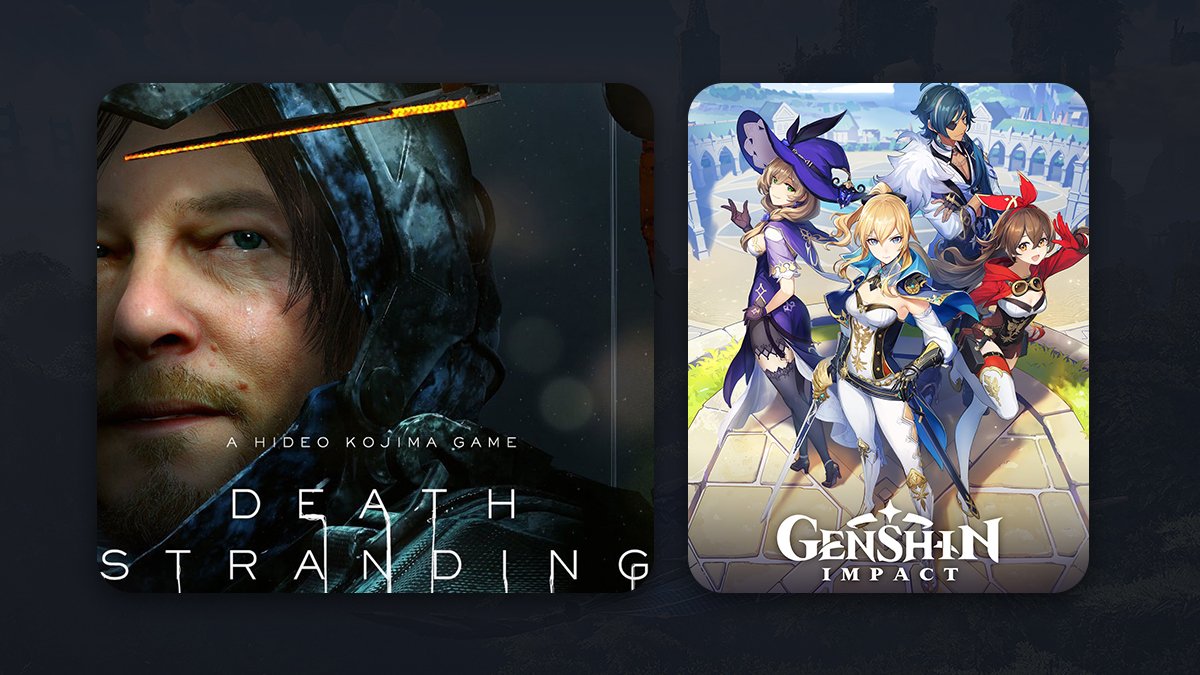Living in a reality where stop and pause buttons do not exist can be tiring; to run from responsibilities at work or stressful days at school, we take refuge in open-world games. A nine-to-five corporate employee, like you, can be a Spartan mercenary, a professional hacker, a guerilla fighter, or whoever you want to be after clicking the play button. Instead of life goals, there are objectives to tick off on the list. Although you are in complete control, at least you can redo your actions and control the results in the environment you choose to exist in.
Open-world games in a nutshell
As the name suggests, open-world games allow players to roam freely in a specific setting. Most open-world games fall under the role-playing genre, where players get to be a particular character with unique skills. This offers a more interactive virtual world for the players despite specific limitations such as restricted areas and inaccessible tunnels and walls made by game developers. These games have outstanding graphics and animations to make them more appealing across all ages. It is the opposite of games with a linear story structure that usually provides players with one solution to accomplish in-game missions.

Storytelling in open-world games
Through the years, open-world games have seen a lot of improvements. The art of open-world games is far from the pixelated RPGs we had back in the 90s. It is now meticulously developed, as seen in the precise graphic references of people and places to accurate animation of objects and human movements. Thanks to photogrammetry and motion capture, accurate representations of a past civilization or a futuristic society are now within reach. In a way, open-world games take us to the past, present, and even future and aid in telling stories that may involve relevant social issues.
A good example is Hideo Kojima’s Death Stranding which tackles death, loneliness, and human connection. According to a report from Time Magazine, Kojima’s personal struggle becomes his motivation to create a single-player game in the hopes of sharing the feeling of profound isolation. Sony Interactive Entertainment’s franchise of Horizon, on the other hand, talks about the greater good, sacrifice, and redemption. These themes are also deeply rooted in the current events that are happening in our society. As an art form, open-world games tell the story of the past, present, and future society and its culture. Game developers create an interactive and virtual world that is a reflection of our reality.
To make it more immersive, the gameplay experience is optimized for players by giving them full autonomy. You are free to discover the objectives, gather resources, and customize your own in-game avatars and weapons. In this way, players can be more creative and resourceful. You can also hone logical thinking, objectivity, decisiveness, and strategic planning, which are essential soft skills.
Game developer giants share a common trend in their commercially successful open-world games. They all formulate a cohesive yet unique plot, design environments in high-definition, and release the games across available platforms. Mihoyo’s Genshin Impact is an excellent example of this trend with its compatibility with iPhones, Android smartphones, and PCs. The voice actors often inspire the facial features and mannerisms of the characters. These factors make the narration impeccable and the gameplay experience remarkable to game critics, casual gamers, and newbies.
Limitations of open-world games
But just like any other games available in the market, open-world games have their fair share of limitations. Game developers and publishers record high production costs. The bigger the game’s environment, the higher its manpower requirements. Apart from more project managers, artists, animators, designers, and voice actors, it requires more powerful equipment and a longer processing time for game development. Players are compelled to upgrade their devices to meet the software requirements on top of the increased suggested retail price of the game. Lastly, smaller game developers and publishers only release their games on limited platforms due to budget restraints.
Open-world games may offer stop and pause buttons and provide players with a temporary escape from reality. However, the characters’ struggles in the artificial world created by the game developers are not far from what you are all dealing with. This is because open-world games are loosely based on humanity and unravel society. Unlike characters in open-world games with superpowers and extrasensory skills, you cannot anticipate what will happen. In reality, you can control your actions and how you write your story. As the main character, you can be anyone and anything you want. As a human who embraces flaws, you can choose to live rather than just exist.
Words by Jewel Sta. Ana
Also published in Gadgets Magazine October 2022 Issue
